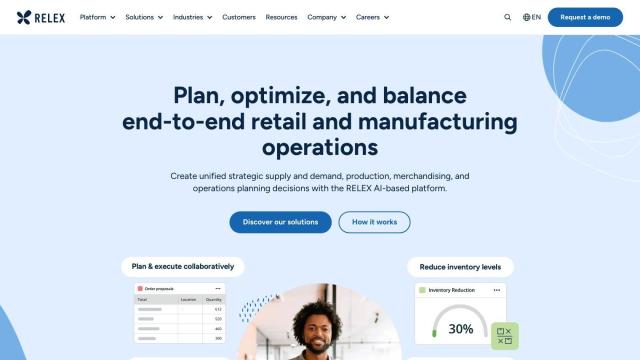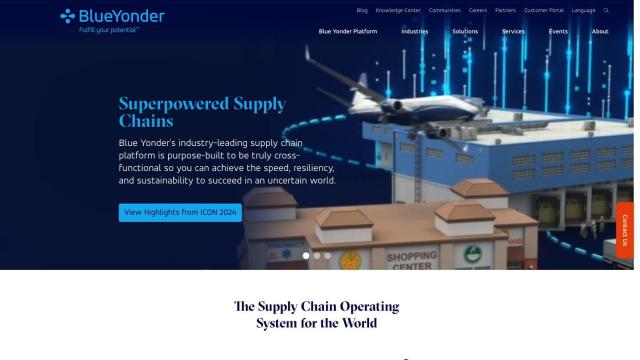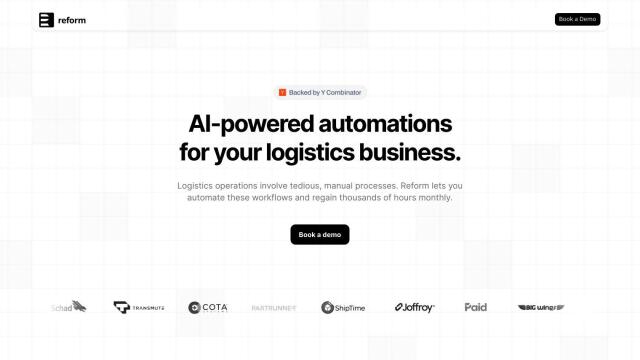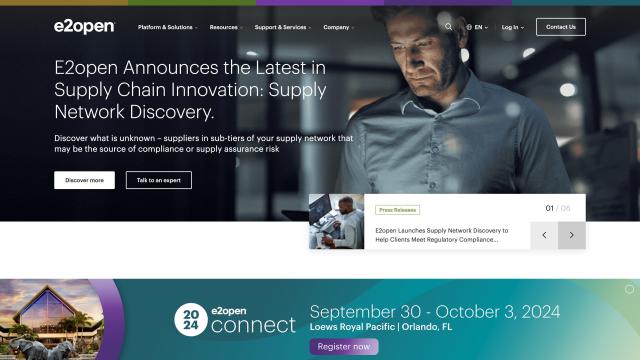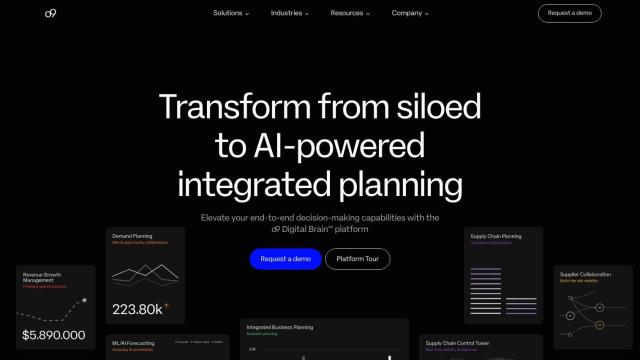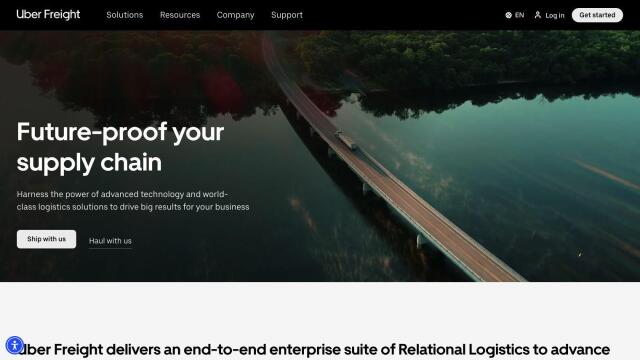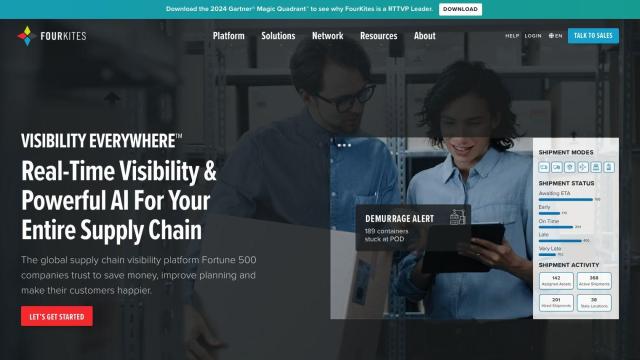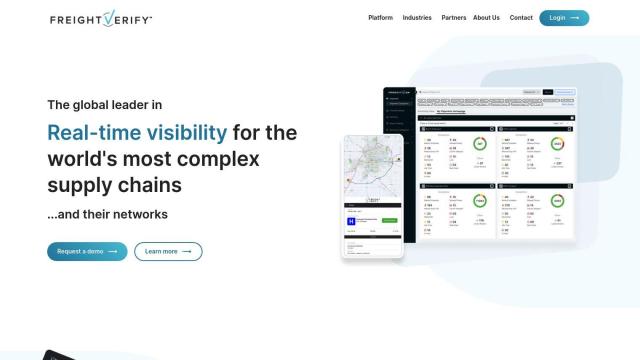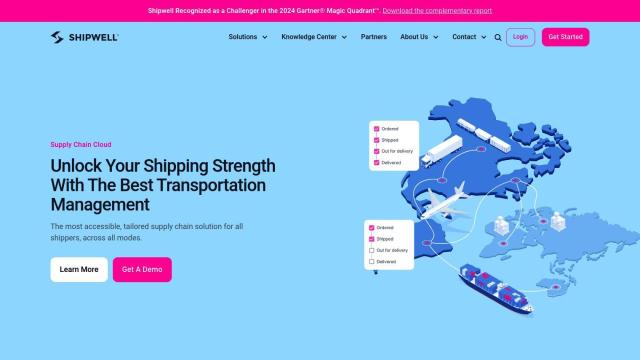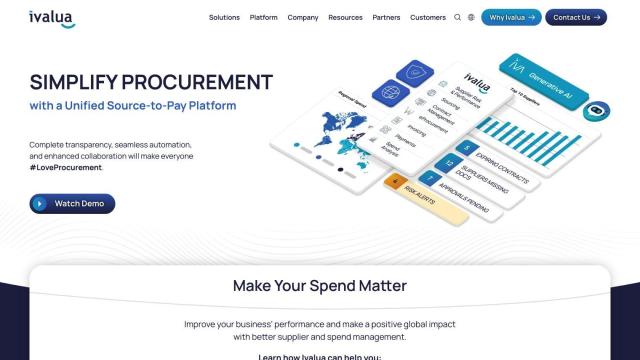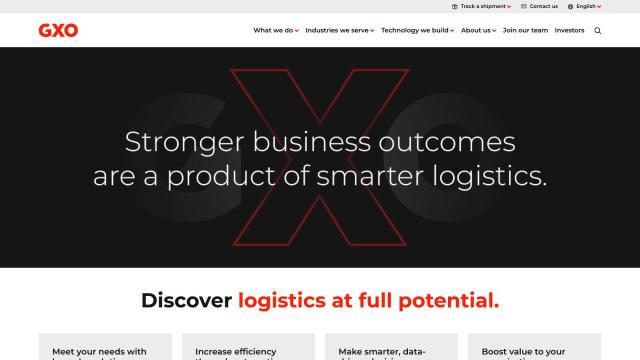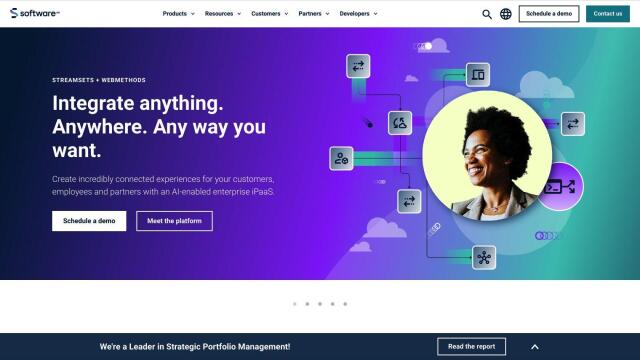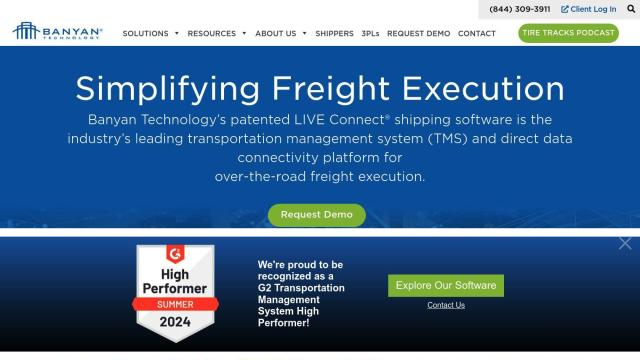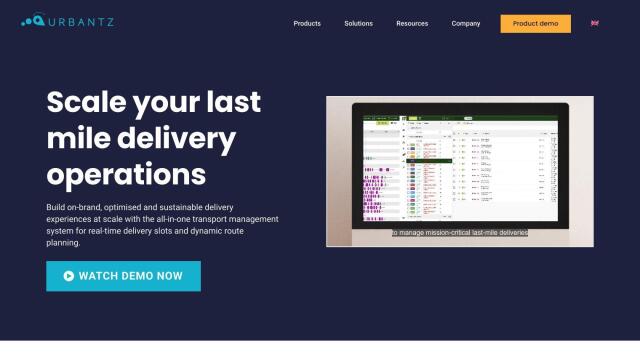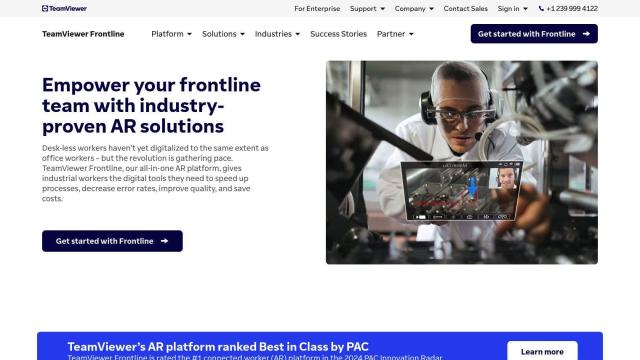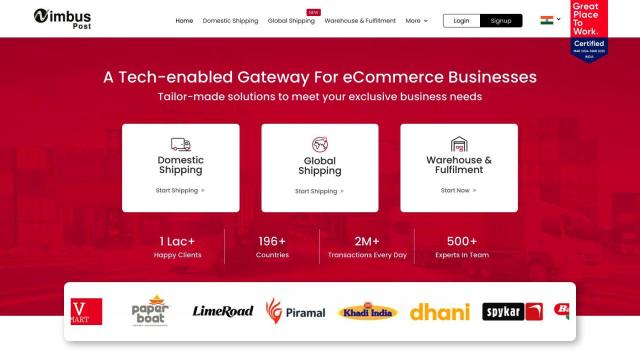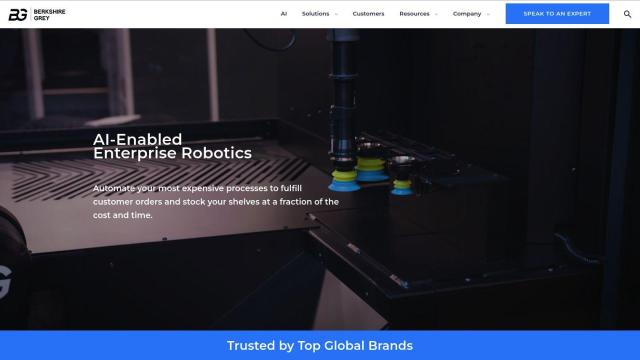Question: I'm looking for a solution that integrates with our existing backend systems to improve logistics and inventory management.

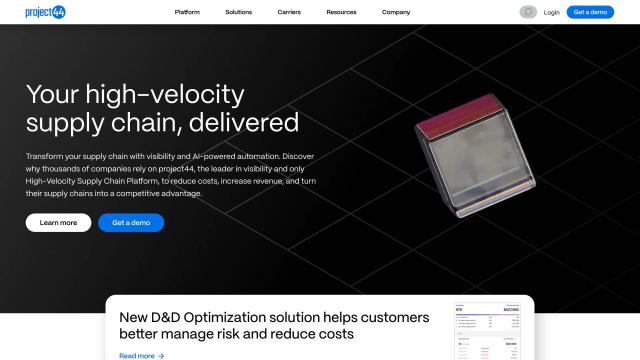
Movement
If you need to integrate with your own backend systems to manage logistics and inventory, Movement is another good option. This high-velocity supply chain platform provides real-time visibility and automation through AI-powered technology. It includes modules for pre-shipment processes, inventory tracking, yard automation and customer delivery experience. With support for more than 80 TMS/ERP systems, Movement can handle more than a billion shipments per year, so it's a good option for many industries.

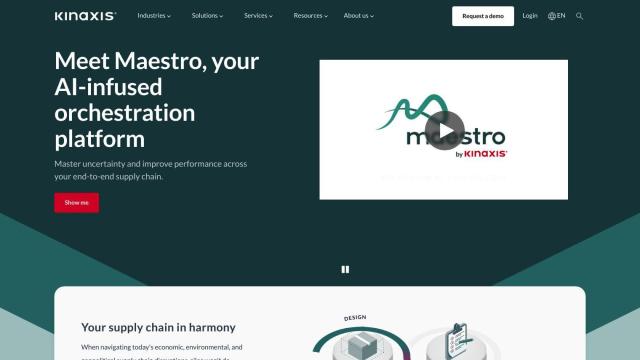
Kinaxis
Another all-encompassing option is Kinaxis, which bundles several key supply chain management abilities into one end-to-end system. Kinaxis offers transparency and collaborative decision-making abilities using AI to help you navigate disruptions. Its abilities include streamlined orders, S&OP, demand planning, supply management, inventory management, scheduling, order management and returns management. The system is designed to automate routine tasks and help make proactive decisions, and it's used by the automotive, high tech and retail industries.

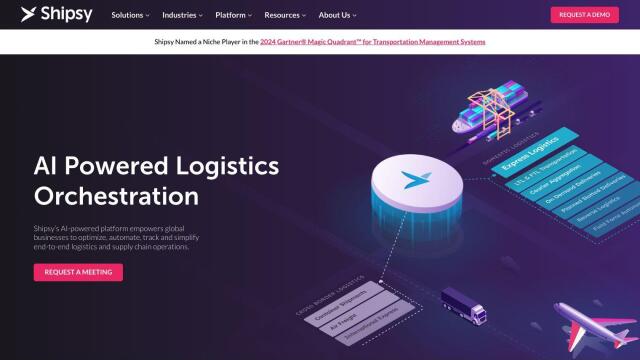
Shipsy
For a more AI-infused approach, Shipsy offers a platform that optimizes, automates, tracks and simplifies end-to-end logistics operations. It includes smart route planning, intelligent carrier allocation and shipment tracking, so it's good for retail and manufacturing businesses. Shipsy's low-code integrations and third-party connectors ensure scalability and flexibility, which can help cut transportation costs and improve inventory accuracy.

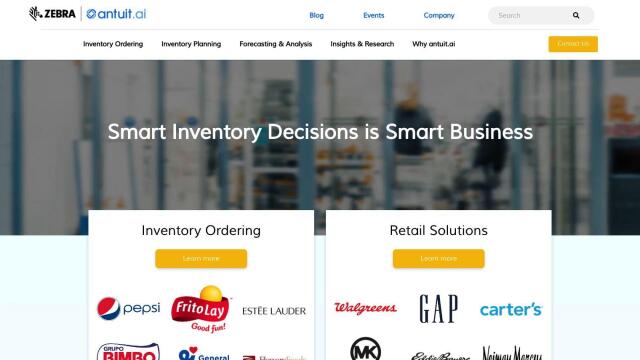
Antuit
Last, Antuit is focused on AI-powered demand forecasting and omnichannel inventory optimization. The platform helps businesses make data-driven decisions by forecasting demand and taking inventory actions across multiple channels. With abilities like direct-store-delivery predictive ordering and intelligent order promising, Antuit is geared for retail and consumer products businesses, helping to improve inventory efficiency and reduce stock-outs.

